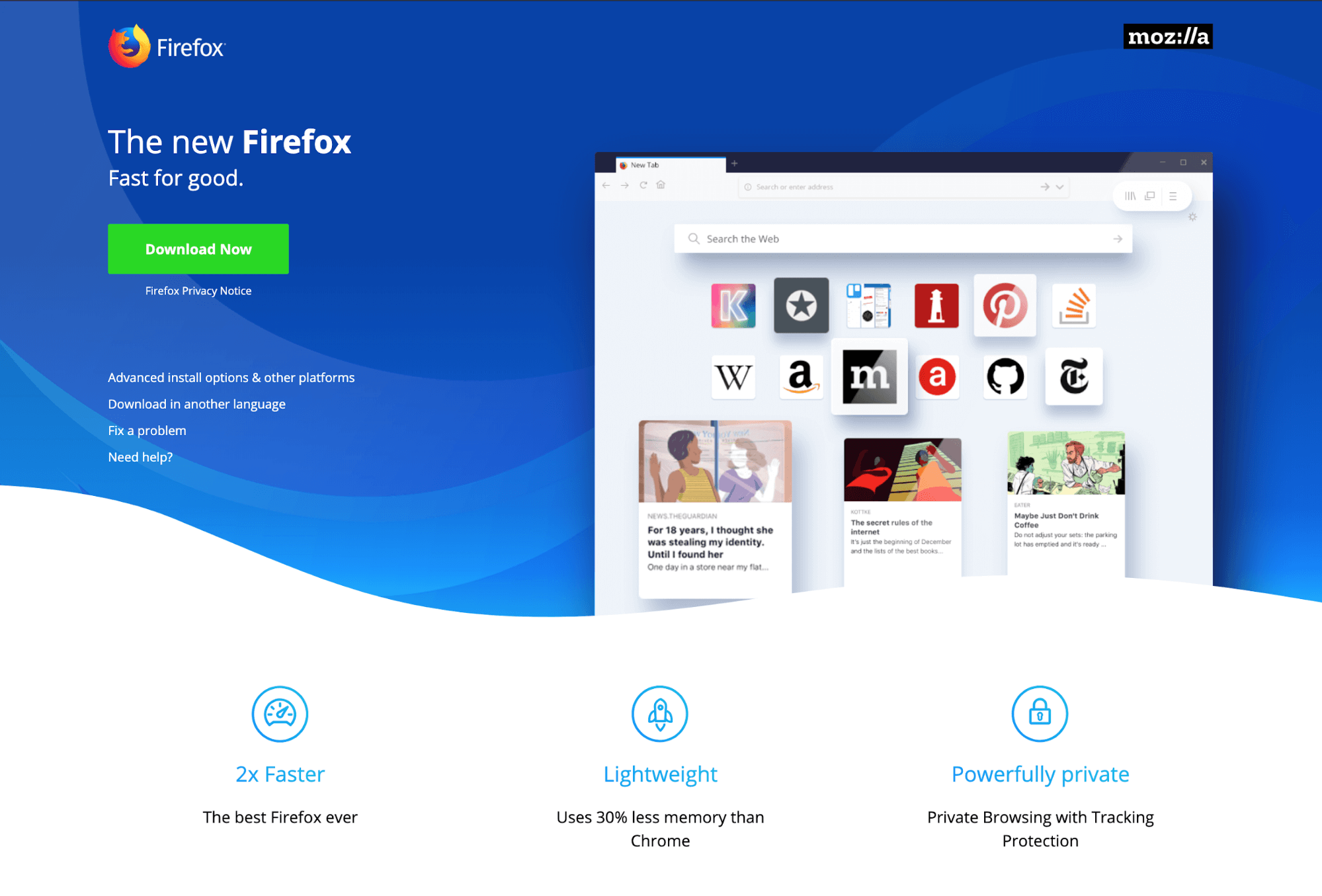UX design is all about creating a great experience for users. Doing user research and knowing what users want is important. At the same time, Value Proposition plays an important role in a successful product or business. A value proposition promises the value of the product will deliver. It defines the first step of telling users what the product offer.
What is the value proposition?
A value proposition explains what your company does. When a new user lands on the website or any digital product, they are looking for quick answers about “ who are you? What do you do here? and how will this benefit me?” It is a tool that allows them to convince people of the value of their products and services. Below are some good examples:
Trello put their value proposition as “Trello lets you work more collaboratively and get more done.” on the website which is clear and listing the features in the sub-headline. The value proposition on their website answers the three questions above clearly.

Evernote, use “Your notes. Organized. Effortless.” on their website. The value proposition here addresses two problems at once. People often struggle with keeping productive and efficient in work and personal life. Evernote is here offers the perfect solution for users.
Firefox doesn’t shy away from knocking the competitors. “Uses 30% less memory than Chrome” seems too direct, but it certainly works.” in their value proposition to make them more unique with other competitors.
Value propositions canvas
To better understand users and conduct a clear and unique value proposition, the value proposition canvas, developed by Alex Osterwalder is one of the best ways to help with that.
There are two parts of the value propositions canvas. On the right part is the customer profile which helps clarify the understanding of the customer segment. On the left part, the value mao helps describe how designers intend to create value for the customer. By finding the fit between the two parts can help designers have a good understanding of the target users. Organizing the insights with this framework can contribute to the creation of the value proposition.

In the customer profile, the circle is divided into three pieces where to define tasks and expectations the customers are going to fulfill. The Customer Jobs part including different tasks, problems and what the customers intended to deal with. Base on the above, the negative or frustrating experience of customers can be identified in the Pains part. While in the Gains part, it should include the things that customers expected to see.
For the Value Map, Pain relievers should reflect on the collected pains of the customer on the right side. And Gain creators is how the product or service creates customer gains and how it offers added value to the customer. The features of the product and what will offer to the customer should be mentioned in the Products and services part.
Finding the best value proposition is an iterative, long process. The values proposition canvas can help us have some ideas on how to present the offer to customers.
Link to Slides:
https://docs.google.com/presentation/d/1ruSlKsYQLlBRUN7WTvLOFBq5KiYvIUzebuTiV3ZuHNs/edit?usp=sharing
Resources:
https://www.bitcatcha.com/blog/how-to-craft-your-value-proposition-convince-users-to-take-action/
https://www.b2binternational.com/research/methods/faq/what-is-the-value-proposition-canvas/